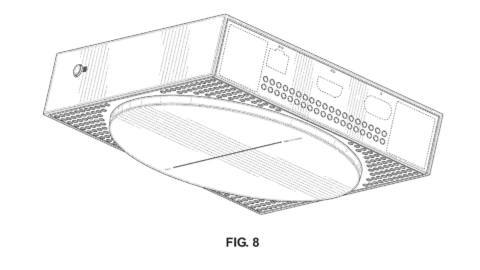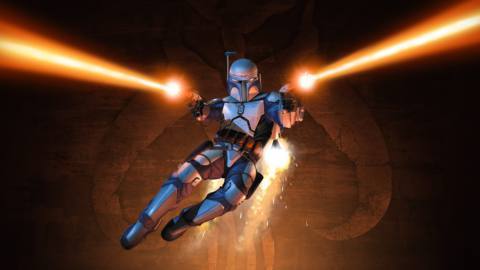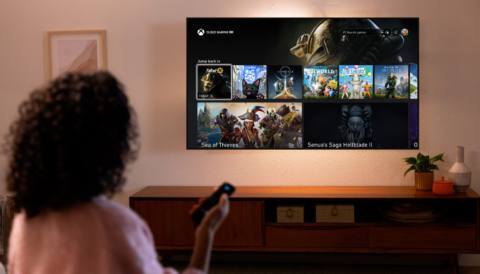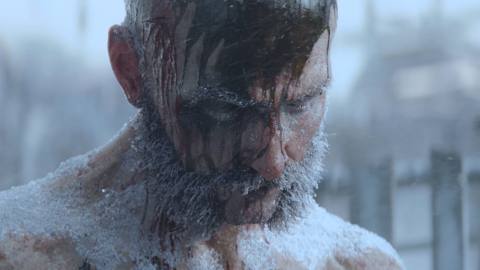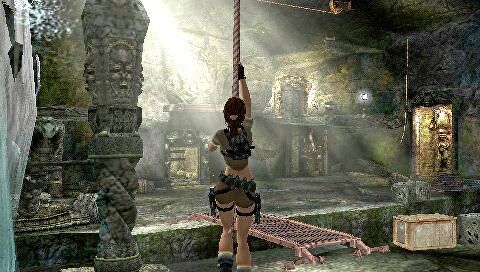
I am the right age to measure out a lot of my life in Tomb Raiders. The Core games took me through university – back when 3D itself felt weird and experimental and slightly (thrillingly!) unstable, with those jagged edges around the sides of the screen when Lara was exploring underground corridors. The long wait for a proper gen-hopping follow-up took place when I shuffled through temp jobs, then the eventual release of The Angel of Darkness.
Over the last decade we’ve had rebooted Lara: close-up, crafting her own arrows, skinning wolves and falling on rusty spikes. A Lara who fills the screen, who reaches out a hand to steady herself when she makes her way through a flooding cave: such a lovely human detail. I like these games a lot: I like their obvious production values and blockbuster sense of occasion, their sense of someone on their way to becoming the person they hope to be. But in between both extremes – marquee, character-arc Lara Croft and crackling, mysterious, old-school Tomb Raider – we got another version too.
This was Crystal Dynamic’s first outing with the series once they took it on: Tomb Raider: Legend, Tomb Raider: Anniversary (co-developed with Buzz Monkey Software), and Tomb Raider: Underworld. I love these games. I properly love them.


